- Whitehall spends £1.4bn in seven years finding savings
- Money spent on project could pay for 60,000 nurses
Civil servants tasked with reducing Whitehall bills have cost taxpayers nearly nine times more than the so-called efficiency savings they made.
Government departments have squandered £1.4billion over the past seven years on elaborate programmes to share 'back-office' functions.
But the National Audit Office has found that the initiative - launched by Labour - has so far saved taxpayers just £159million.

Down the drain: Piles of money have been wasted in a bid to save Government costs. In total, a seven-year programme has saved just £159million at a cost of £1.4billion
And auditors revealed that it is possible that civil servants may have saved even less than £159million outlined in a damning report..
This is because some ministries were no longer monitoring progress - and those that are doing so report a net cost to the taxpayer.
In a damning report, it concluded that a combination of over-expensive IT systems and poor co-ordination between departments and quangos had seen costs soar instead of being slashed.
Last night, Labour MP Margaret Hodge, chairman of the powerful Public Accounts Committee, said it was 'a shockingly familiar story of spiralling costs and poor value for money'.
The huge projects for government departments and their quangos to share back-office functions - including human resources, procurement, finance and payroll - was enthusiastically launched by Labour in 2004.
In its report, the NAO said that private-sector firms typically slash a fifth off their annual spend within five years using similar methods to share back office functions.

Labour MP Margaret Hodge said it was 'a shockingly familiar story of spiralling costs and poor value for money'
In just one shocking entry in the catalogue of waste, auditors discovered that the shared services system set up by the Department for Transport with four of its quangos had so far cost £129million more to set up and run than it had saved.
But with the net savings of joint working totalling only £1.3million last year, the watchdog said 'at this rate it would seem difficult to break even'.
In one example of the problems to beset the scheme, the report found that the Maritime and Coastguard Agency was blocked from joining the DfT scheme because it did not have security clearance for Whitehall IT systems.
Another shared services unit, set up by Research Councils UK, has recorded a net cost to the taxpayer so far of £126million.
Shockingly, financial oversight is so lax that two ministries - the Department for Work and Pensions and the Department for the Environment, Food and Rural Affairs - have no idea whether their schemes have saved any money at all, because no one has been tracking progress.
There was one success story. The Ministry of Justice was saving £33million a year and broke even ahead of schedule - at which point officials there also stopped monitoring performance.
The NAO acknowledged that ministers have recognised the problem and put in place plans to shake up the system and impose more central control over the process. But they warned that the reform was 'ambitious and contains significant risk'.
Mrs Hodge said: 'The Shared Service Initiative started out filled with good intentions to save money and reduce duplication of back-office functions across Whitehall. This has not been delivered.
'Departments lost sight of their overall objective to save money. Departments ordered tailor-made systems which have cost the taxpayer too much.
'The Cabinet Office is now committed to bring this initiative back under control but it may be too little, too late to achieve value for money.'
Sharing back-office functions - also including finance and payroll - was a key recommendation of the 2004 Gershon Review into slashing Government running costs.
In total, eight projects have been set up in various departments - with the five examined by the NAO costing £500million more than budgeted: £1.4billion rather than the expected £900million.
The NAO said one of the main problems was that the bodies that were supposed to be pooling their operations stuck rigidly to individual systems - frustrating the aims of co-operation.
It questioned why officials ordered expensive IT systems without even considering far cheaper versions which would have been more than adequate.

The National Audit Office acknowledged that ministers have recognised the problem and put in place plans to shake up the system and impose more central control over the process
Other factors the NAO highlighted were the need for organisations such as town halls to go through a full European Union tendering process in order to join shared procurement schemes.
A system of sanctions against poor performance - and the power for the Cabinet Office to require bodies to sign up to collaboration - would also help, the NAO said.
Its head, Amyas Morse, said: 'The initiative for government departments to share back-office functions has suffered from an approach which made participation voluntary and tailored services to meet the differing needs of individual departments.
'The result was over-complexity, reduced flexibility and a failure to cut costs. The new Cabinet Office strategy on shared services acknowledges these issues but, if it is to achieve value for money, it must learn the lessons from past implementation.
'Only in this way can the sharing of back-office functions have a realistic prospect of contributing towards the government's drive to cut public spending in the long-term.'
Robert Oxley, campaign manager of the TaxPayers' Alliance said: 'Whitehall bureaucrats appear utterly incapable of taking steps to work more efficiently and save taxpayers' money. It defies belief that civil servants have wasted such incredible sums on an exercise that has failed so spectacularly to save any cash.
'This gross failure suggests an institutionally lax attitude with taxpayers' money that cannot be allowed to continue unchallenged. Hard pressed taxpayers can't afford to keep handing Whitehall a blank cheque only to see it frittered away with nothing to show for it.'
Last night a spokesman for the Cabinet Office said: 'We have been clear that the Government will leave no stone unturned in the hunt for savings.
The Government has already announced a new approach to shared services that will cut through the complexity in the current system and save money for taxpayers.
'The Government is committed to the correct management of major government projects which previously have not always delivered what they set out to achieve.
'A Major Projects Authority - set up under a mandate from the Prime Minister - was created in 2010 and introduced tough new controls for major projects to manage risk.'

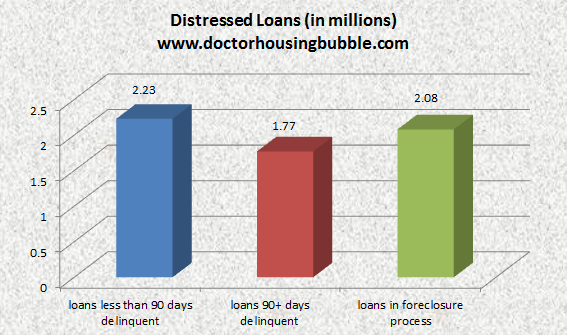
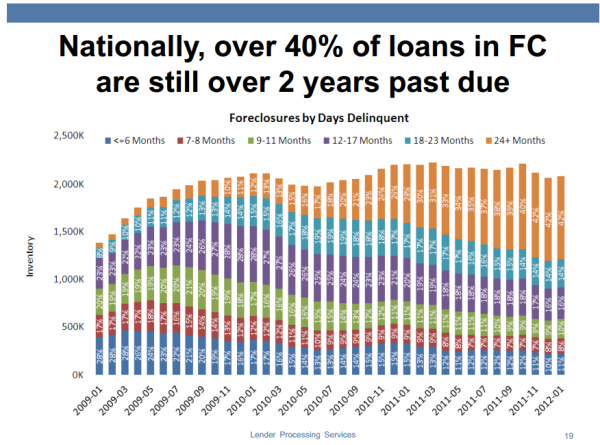
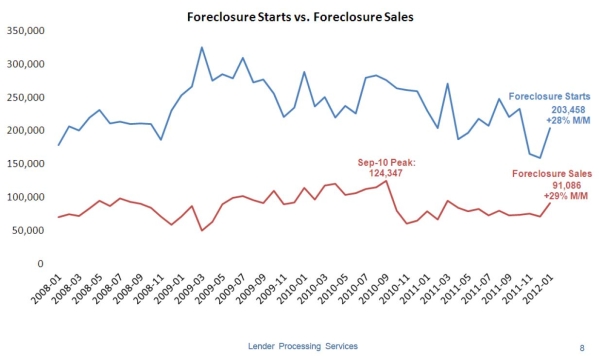
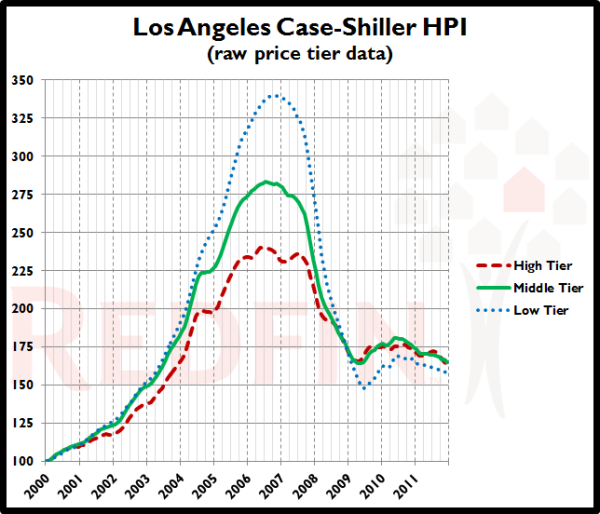
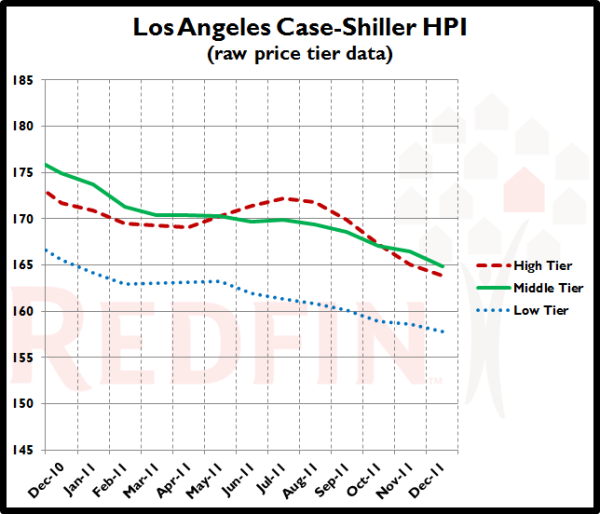
 here is a simple reason health care in the United States costs more than it does anywhere else: The prices are higher.
here is a simple reason health care in the United States costs more than it does anywhere else: The prices are higher.








